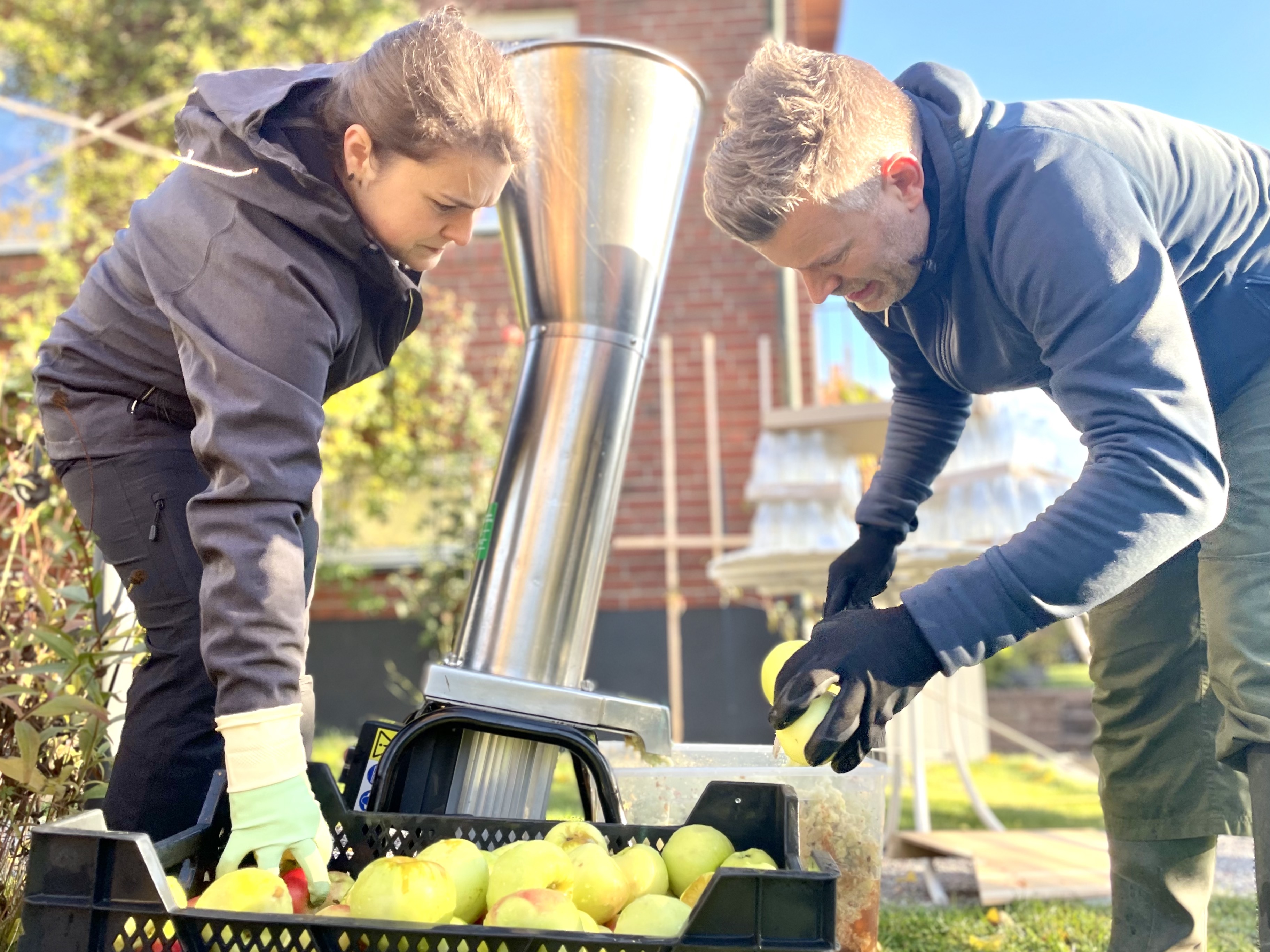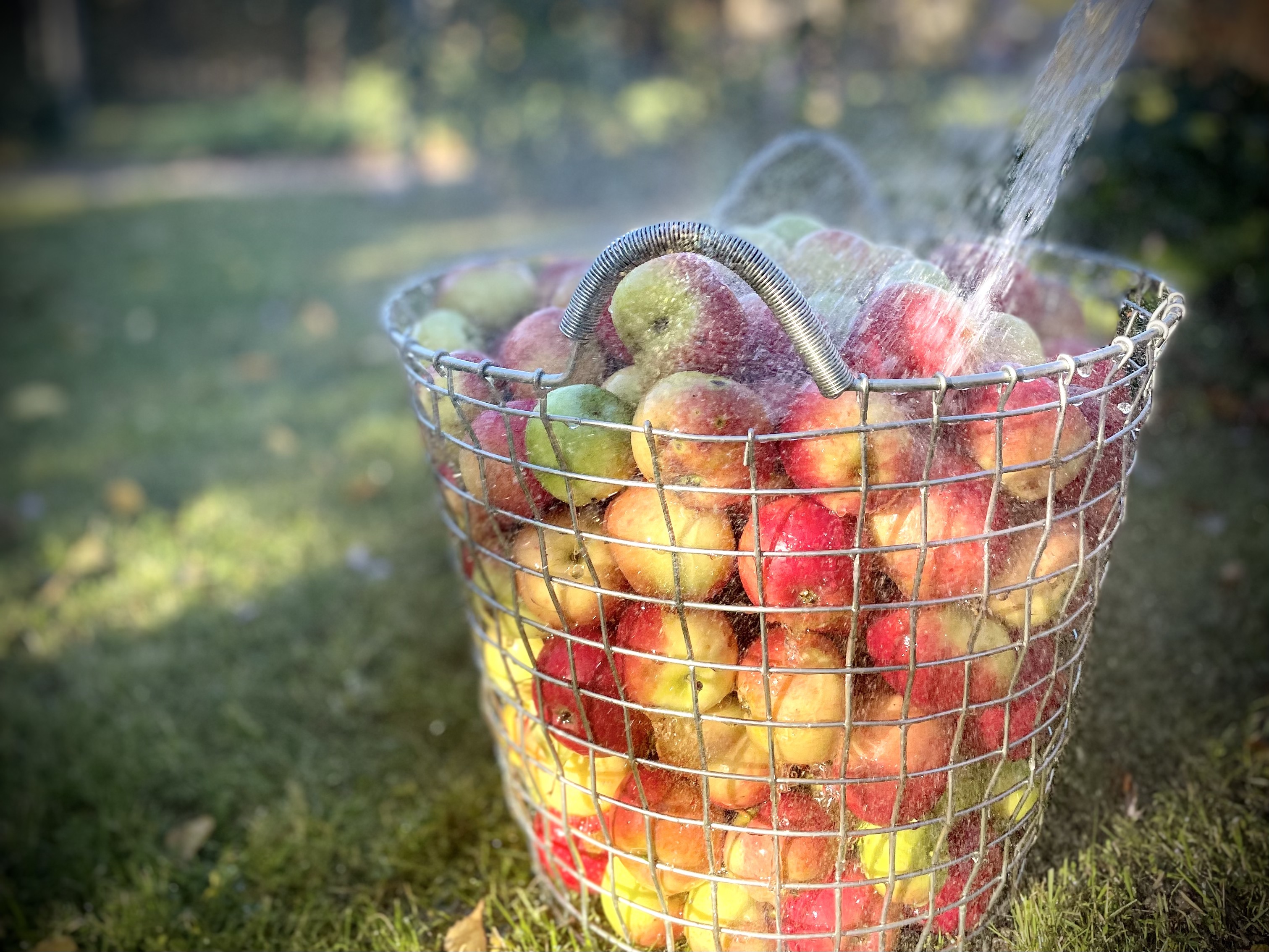Could talking avocados be the key to educating kids about the future of food?

The challenge
Our food systems are responsible for some of the biggest challenges the planet is facing. So we asked ourselves, how can we find a fun way to impact the future of food? What if we could educate the consumers of the future, kids, and empower them to be the change agents we need?
The process
Children may be unlikely to read the latest data or climate reports, but that doesn’t mean we should underestimate their capacity to learn. We wanted to explore how storytelling could be used to teach kids about food’s environmental impact. So, using Augmented Reality technology, we decided to turn common products that kids interact with daily into characters that come to life and tell their stories.
Using this AR tech, we developed an app that lends faces and voices to various everyday food products. We tested it with children between the ages of 3-13 years and found the app was super easy to use for children of all ages.
To make it work, all the kids had to do was find a product to scan and hold the phone toward the packaging to make a face appear. This made the product come to life with a personality, appearance, and story to tell all of its own focusing on its environmental and health impacts.
The result
So, if your products could talk – what would they tell you? Quite a lot apparently, if you get the delivery just right. Kids love the interactivity and a good laugh, getting excited when characters use humor and references that speak to them. By giving a whole new breath of life to the products they have grown familiar with, we found the results were fantastic, with kids walking away with new perspectives on the impacts of food.
However, there are some key success factors to take this experiment to the next level. All information has to be stated clearly. It’s not enough to just have stories. For kids to understand good versus bad, you need clear statements and you need to keep it short and sweet.
The experiment is a collaboration with Consupedia.
Try the app (In Swedish)


